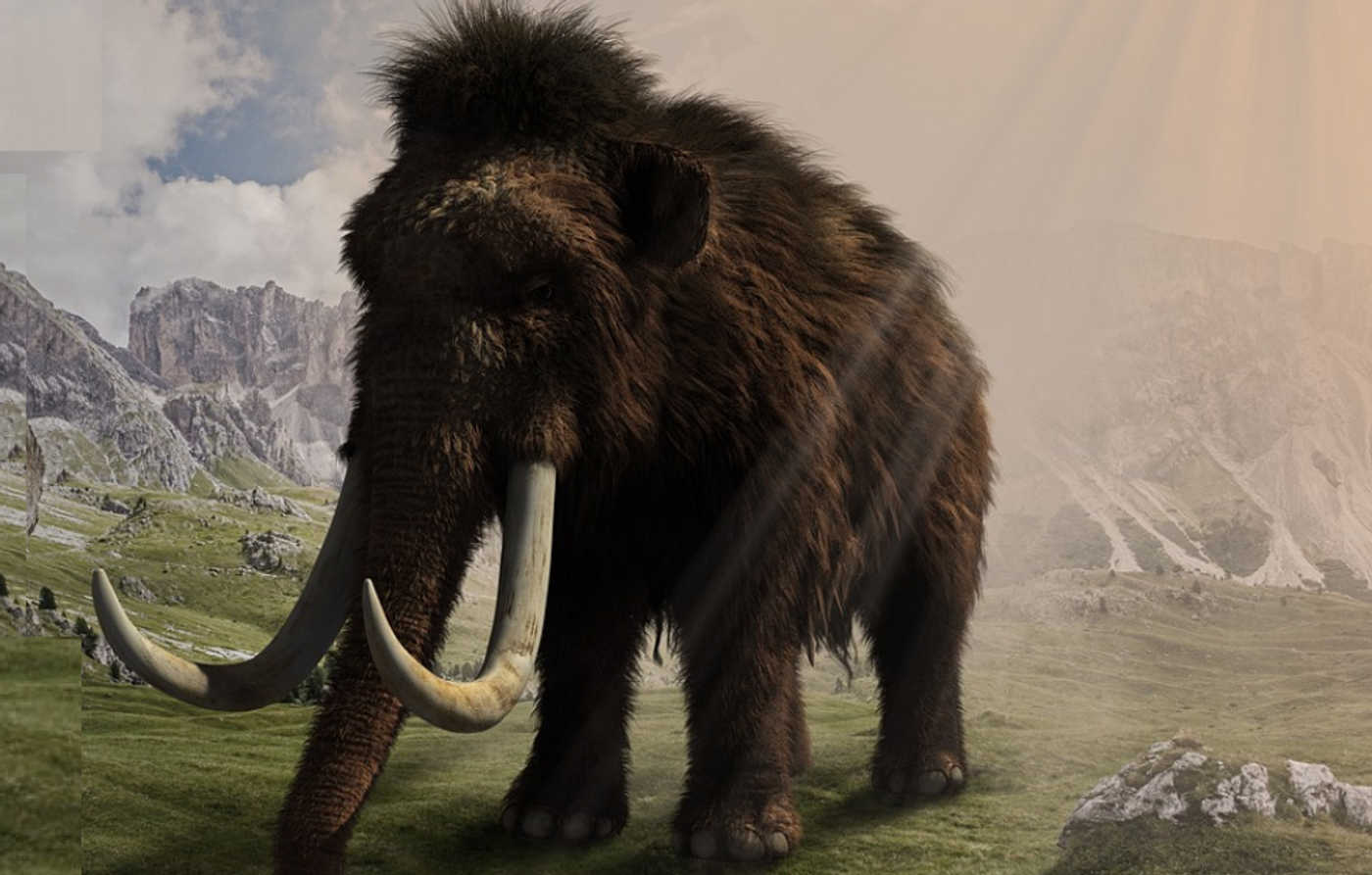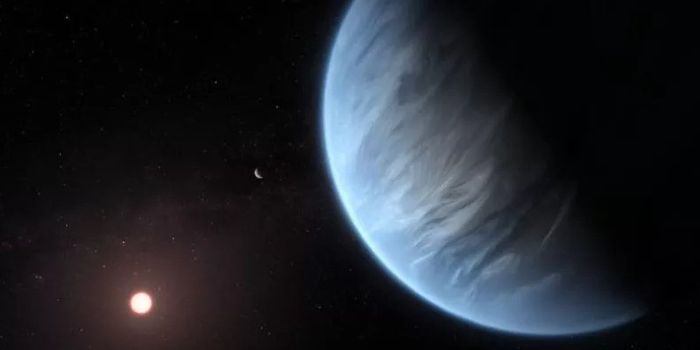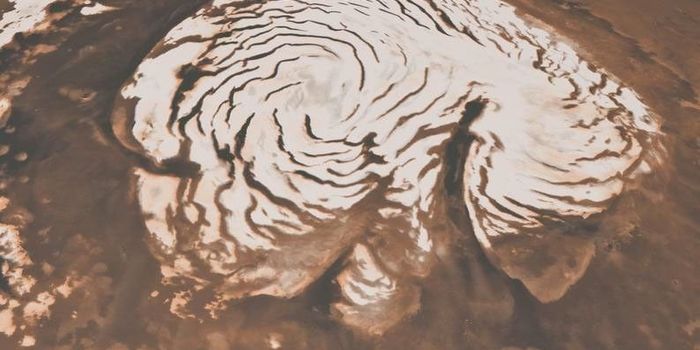Scientists Reconstruct the Woolly Mammoth Genome in 3D
Scientists have managed to reconstruct the three-dimensional (3D) structure of a woolly mammoth genome that is 52,000 years old, in a first for a DNA sample so ancient. The mammoth chromosomes were fossilized, and are about a million times as long as the fragments of genetic material that typically compose other ancient DNA samples. In this work, researchers were able to determine how the chromosomes were arranged in cells and even what genes were active in those cells, which came from skin tissue that had been quickly freeze-dried, long ago. The findings have been reported in Cell.
"This is a new type of fossil, and its scale dwarfs that of individual ancient DNA fragments: a million times more sequence," said co-corresponding study author Erez Lieberman Aiden, Director of the Center for Genome Architecture at Baylor College of Medicine. "It is also the first time a karyotype of any sort has been determined for an ancient sample."
Understanding the 3D structure of a genome can be crucial to knowing how it functions, but this is elusive information for most ancient DNA samples. Even though the molecule is tough and can last for a long time, DNA is also usually large, and it tends to fragment over time. Those bits of DNA have to be sequenced and then pieced back together.
In this work, the researchers assessed dozens of samples until they found a very well-preserved woolly mammoth that had been found in northeastern Siberia in 2018.
"We think it spontaneously freeze-dried shortly after its death. The nuclear architecture in a dehydrated sample can survive for an incredibly long period of time," explained co-corresponding study author Olga Dudchenko of the Center for Genome Architecture at Baylor College of Medicine.
With a technique known as Hi-C, the investigators found the portions of woolly mammoth DNA that were physically close together in the nucleus of cells. Hi-C gave the researchers a broad overview of the genome's arrangement, so they had a picture to work from when putting the pieces of this genetic puzzle back together, said co-corresponding study author Marc A. Marti-Renom, an ICREA research professor and structural genomicist at the Center Nacional d'Anàlisi Genòmica (CNAG) and the Center for Genomic Regulation (CRG).
The Hi-C research was combined with sequencing data, and the genome of modern day elephants served as a template to reveal the map of the mammoth genome. The work has determined that woolly mammoths carried 28 chromosomes, like the Asian and African elephants of today.
Since the DNA samples were so high-quality, the researchers could even see where certain genetic loops form, which indicate that transcription factors are interacting with genes. The researchers could then speculate about the active genes in mammoth skin cells.
"For the first time, we have a woolly mammoth tissue for which we know roughly which genes were switched on and which genes were off," said Marti-Renom. "This is an extraordinary new type of data, and it's the first measure of cell-specific gene activity of the genes in any ancient DNA sample."
While ancient DNA that is of unusually good quality is needed for this approach, the researchers suggested that it might be applicable to other stuff, such as Egyptian mummies or museum specimens.
Sources: Cell Press, Cell









